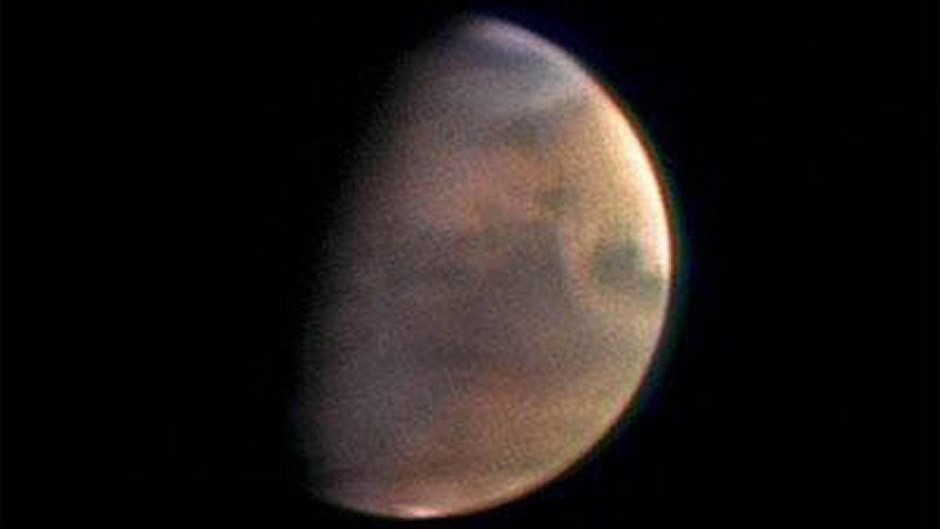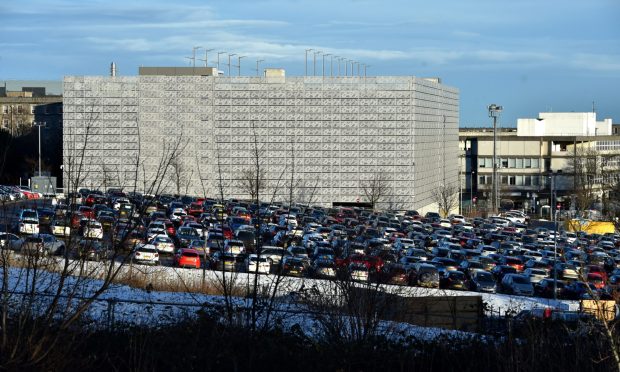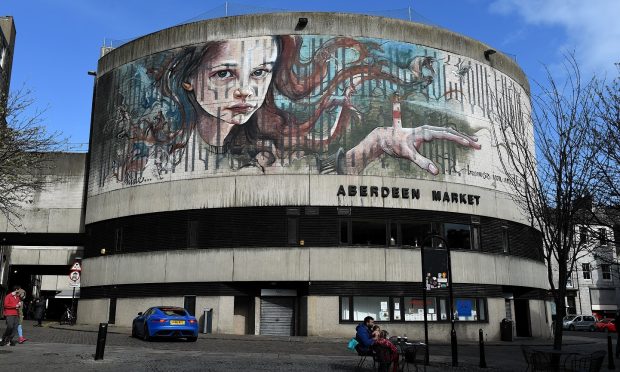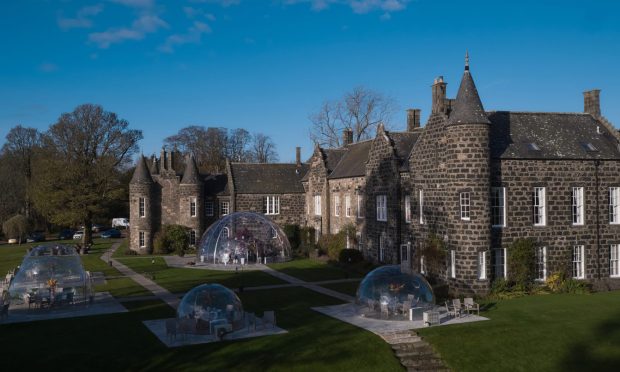It’s a very, very long way from Mars to Mull and Skye.
But scientists at the James Hutton Institute in Aberdeen have discovered that some soils on the Red Planet are very like those found in Scotland.
NASA’s InSight lander has been headline news in recent weeks, as it continues to send back clear images of the rocky and unforgiving surface of the distant world.
However, the previous exploration robot sent to roam the planet, the Curiosity rover, has been beaming back invaluable data for years, giving scientists a glimpse into the Martian landscape.
>> Keep up to date with the latest news with The P&J newsletter
And, improbable as it may seem, analysis by scientists at the institute has unearthed similarities between it and several Scottish locations.
Dr Benjamin Butler, a member of the institute’s environmental and biochemical sciences group, has found that the Mars-Scotland connection goes beyond each planet sharing location names such as Wick, Muck and Holyrood.
Dr Butler said: “Curiosity was sent to Mars with the aim of identifying whether our nearest planetary neighbour ever possessed conditions suitable for microbial life.
“In order to achieve this, the rover carries an X-ray diffractometer, which is used to identify minerals in the Martian soil.
“The soil minerals are particularly key in this mission since their composition is linked to the way rocks have been altered by water – with water being the key ingredient for life.
“Curiosity has beamed back digital mineral signatures of about thirty soils and, amazingly, this data is open access, despite being probably the most expensive X-ray diffraction data in history.
“By comparing each of the Martian soils with all fifteen hundred Scottish soils in our dataset, we consistently found a group of Scottish soil samples that are strikingly similar to those on Mars.”
Using the data available, the researchers have found two sites in Scotland that have particularly similar soil minerals to those found of Mars, located on the basaltic soils of Skye and Mull.
Dr Butler said: “This makes sense because Mars is understood to be rich in basaltic rocks, but when we examine the mineralogy in more detail, we’re quite confident that we have found a good analogy.”
The institute is continuing with its analysis and Dr Butler added he was delighted the comparison had shone light on common ground.
He said: “While it’s fun to establish these connections between Mars and Scotland, this now provides us with the opportunity to use the identified sites on Skye and Mull to better understand the conditions of ancient Mars.”










